By the mid-1950s, the economic “Passenger Problem” was haunting U.S. railroads in a material way. In addition, older equipment continued to wear out and require replacement. Had this been a non-regulated business, that alone probably would have ended much of intercity passenger service, since there was no real prospect of making a return on investment. But since passenger service was operated as a regulated public utility, exit was not an option in most cases, although there were exceptions such as the Maine Central, which was out of the passenger business by 1960.
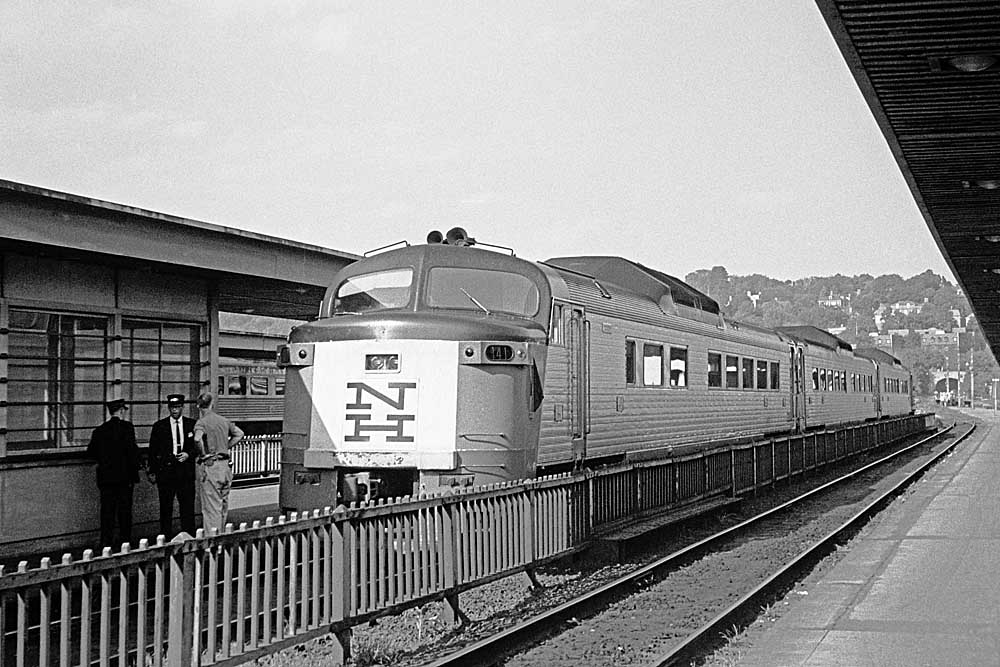
As a result, railroads — particularly in the densely populated, overly expensive short-haul Northeast — sought to find a solution that would minimize the expenses of doing what the regulators required. Enter Robert R. Young, along with his interest in “lightweight” modern passenger trains. There was an earlier example, in the form of the Talgo trainset concept from Spain. Young built on this to create and promote the Train X concept.
Young, of course, had taken control of the New York Central in 1954, and in 1958 died by suicide. Prior to this, however, Train X had been tried by the NYC in the form of The Xplorer, which entered revenue service on the Cleveland-Cincinnati run in summer 1956. Subsequently, it was relegated to commuter service out of Chicago and sold in 1960.
Also in 1956, the Central had utilized the General Motors Aerotrain, which featured modified General Motors’ bus bodies as coaches. Motive power was provided by an EMD 1,200-hp 567C diesel prime mover, housed in a stylish carbody reflecting GM’s automotive design of the 1950s (no fins, however). NYC used it in both the Chicago-Cleveland and Chicago-Detroit markets, and returned it to GM in October 1956.
The results of these experiments were not positive. Ride quality and passenger comfort were deemed to be less than satisfactory, and the Xplorer had initial maintenance and reliability problems. They did succeed in lowering operating costs versus the conventional equipment they replaced, however.
In reality, while lower costs were certainly welcome, the expense side of the ledger was only part of the problem. Revenues had been declining steadily since the end of the Korean War in the early 1950s. The fact that this was taking place in an era of both population growth and economic expansion should have been the “canary in the coal mine” warning that the economic oxygen utilized by the passenger side of the business was being sucked out of the room. As the 1950s turned into the 1960s, this was occurring at an increasing rate.
Meanwhile, in New England, in 1953, Patrick B. McGinnis had taken control of the New Haven Railroad. To an even greater extent than the NYC — which at least had relatively long hauls between the Northeast and the Midwest — the New Haven suffered from the “Passenger Train Problem” writ large.
Accordingly, McGinnis ordered three lightweight train sets: a Train X from Pullman-Standard that would become the Dan’l Webster; a Talgo train that would be known as the John Quincy Adams; and finally, from the Budd Co., the Roger Williams, a six-car train made up of RDC1s, extensions of Budd’s famed Rail Diesel Car product line.
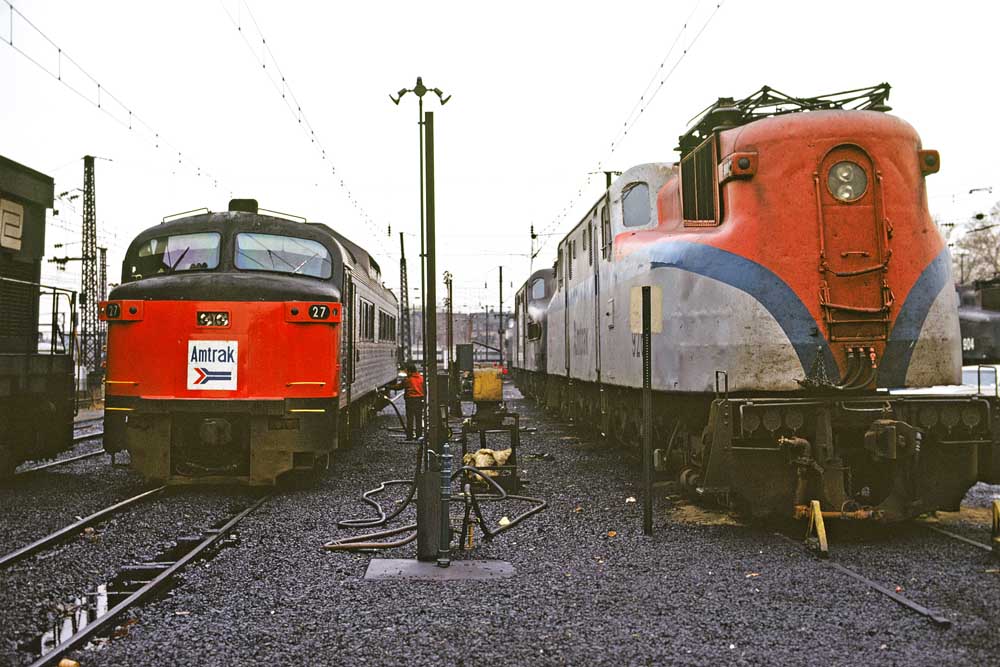
Predictably, none of these three entities lasted long in the primary New York-Boston service for which they were intended. A succinct summary of this is found in Geoffrey H. Doughty’s 1998 book The New Haven Railroad in the Streamlined Era: “The New Haven’s trains of the future were rushed into service without adequate trials or preparation, and as a result they mirrored the success of the train experiments being conducted by the NYC – they faded from sight like a supernova after the death of their primary promoter, Robert Young, in January 1958.”
Like the NYC’s Xplorer, the three lightweight New England experimentals found their way into commuter service, and the last one standing, not surprisingly, given its basic compatibility with “conventional” RDCs, was the Roger Williams, the only one of the three not to require a separate unit for locomotion.
Which brings us to the photos seen here, taken at the New Haven’s passenger station at Providence, R.I., on July 12, 1965. Three of the former Roger Williams cars, with cab car 141 on the south end of the trainset, await their return to Boston’s South Station. Over on a nearby track is a pair of conventional RDCs, from the New Haven’s considerable fleet of the type.
They form train 521, known informally as the “Clamdigger,” and soon will depart for New London, Conn. Car 141 and its compatriots will soon leave in the opposite direction for Boston. This equipment would survive and eventually wear Amtrak colors, before being retired in the 1980s.
The good news in this narrative is that, beyond all ability to have predicted it in 1965, the remnant of the Roger Williams not only has survived until the present, but is being restored, with plans for eventual operation. It’s now at the Berkshire Scenic Railway Museum in Lenox, Mass.






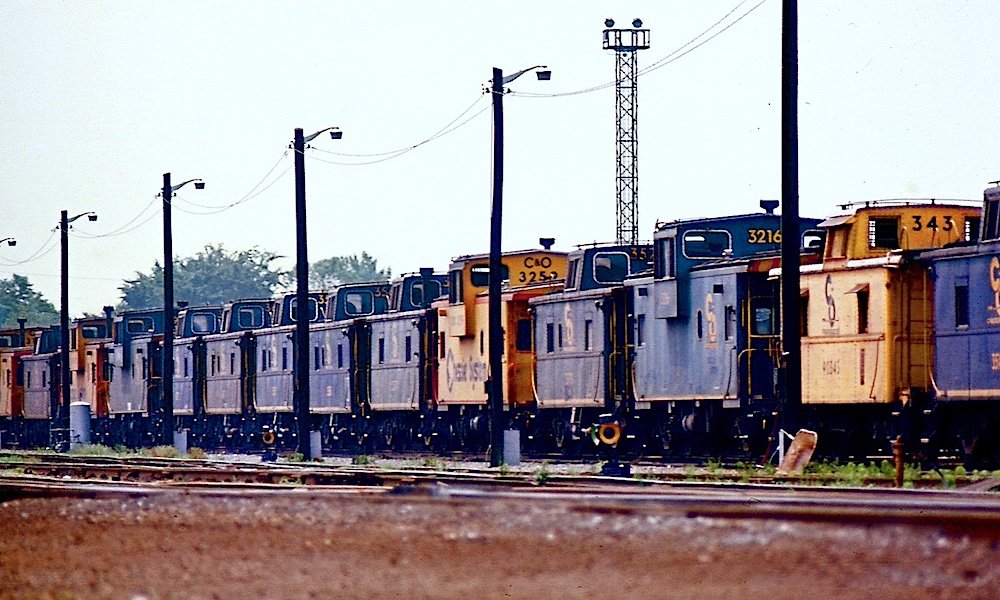
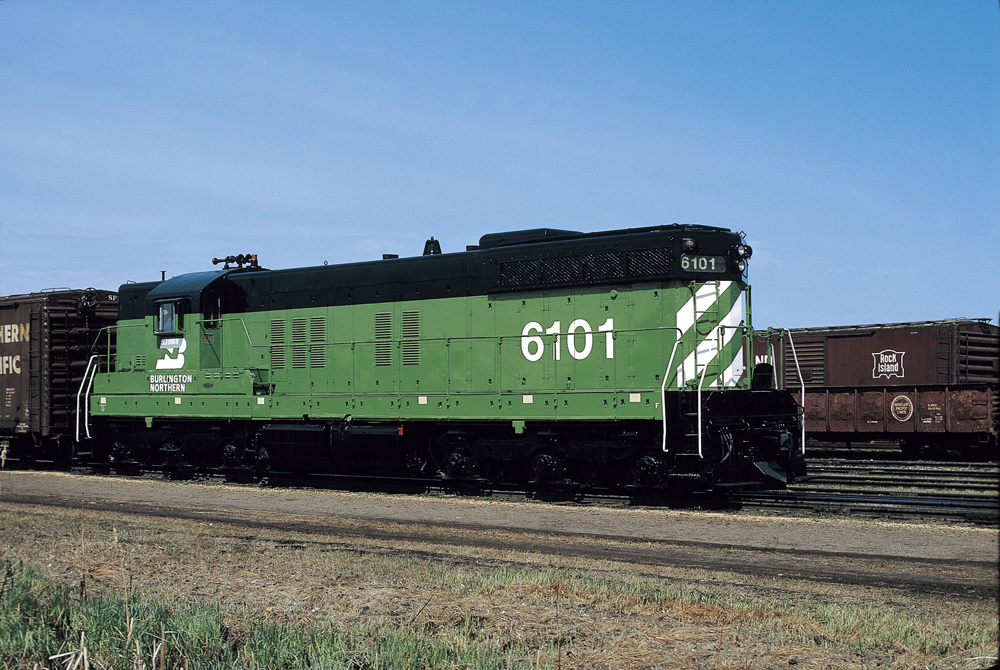
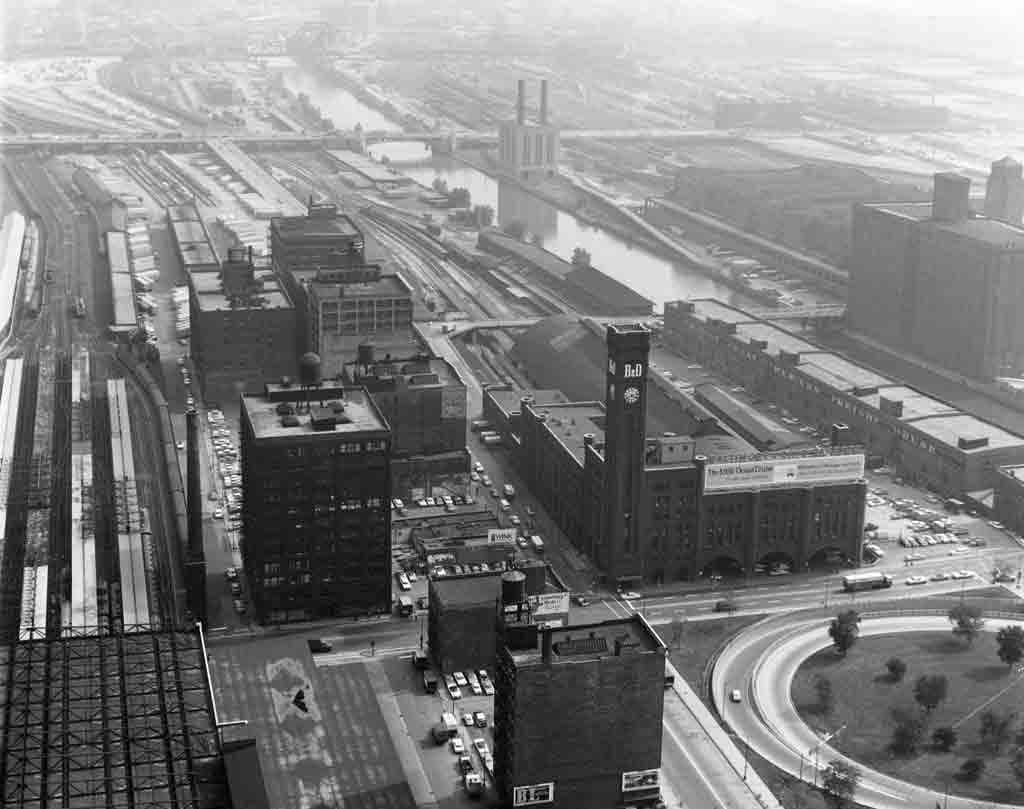
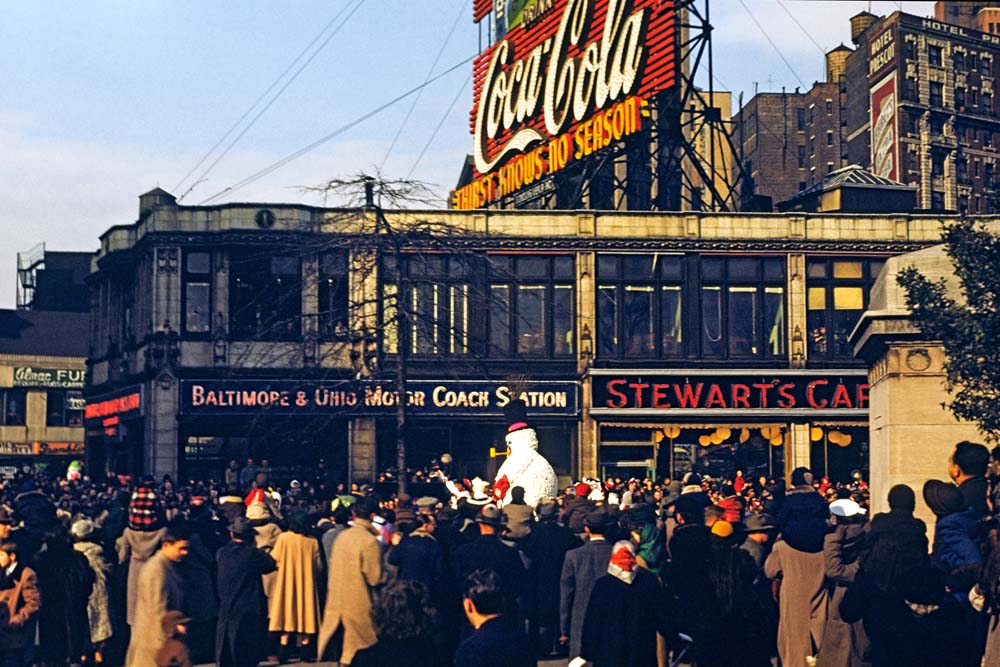



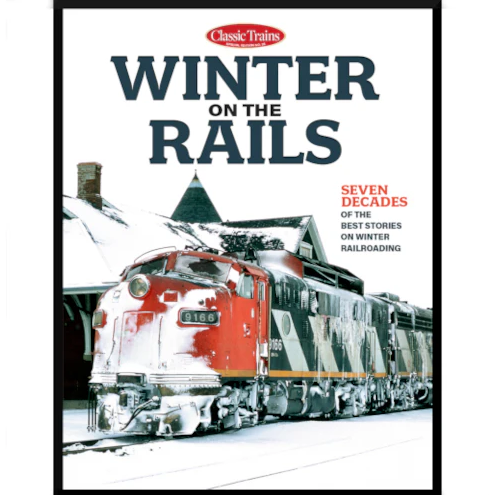
Both cab cars and one intermediate car survive.
The RW cars differ from standard RDC’s in several ways, The sides are not fluted bur are more flat sided, the cab cars are more like RDC-2’s than RDC-1’s, the cars have one vestibule, not two. They do have the same GM 6-110 diesels and will MU with stock RDC’s.
Why did Robert Young committed suicide and how was it done?